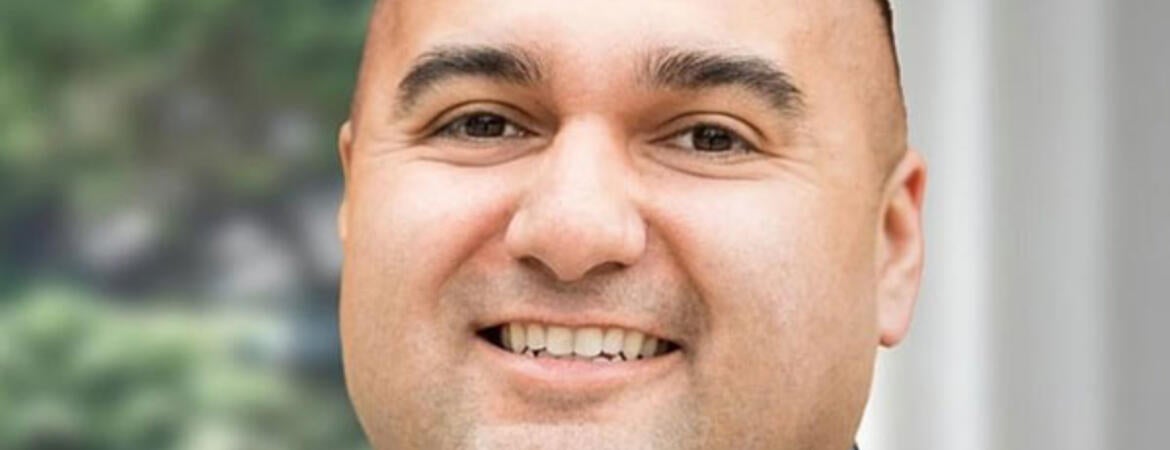Center for Social Innovation

IN RECENT YEARS, the Inland Empire has become predominantly Latino for the first time. In 2010, 47.3 percent of the Inland Empire was Latino, and that number has now shifted to 51.6 percent.
The fund comes at a critical time as Latino-based organizations that are working to improve social and economic conditions in the Latino community lack sufficient philanthropic investment and support.
The CIELO Fund partnered with the UC Riverside Center for Social Innovation to publish “Aquí Estamos: A Data Profile of the Inland Empire’s Latino Community.” Evaluating the latest Census data, the data profile finds that:
• College graduation rates lag: Only 11 percent of Latinos in the region have a bachelor’s degree or higher, well below the state average of 35 percent and the national average of 33 percent.
• Income inequality: While Latino household incomes in the region have grown between 2010 and 2020 by nearly $10,000, the Latino community still lags behind non-Hispanic Whites in the region by nearly $14,000 per year as of 2020.
• Child poverty rates: Poverty rates are also much higher among Latinos in the Inland Empire and these gaps are even more stark when it comes to child poverty. Latino children in the Inland Empire are twice as likely as White children to live in poverty.